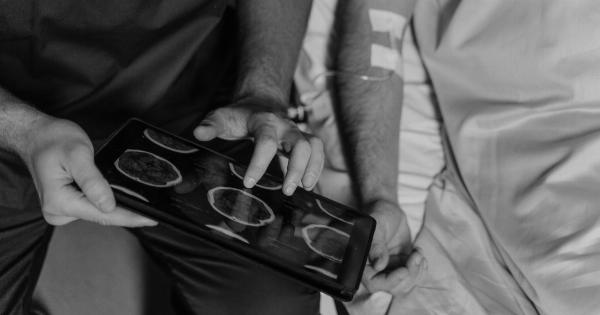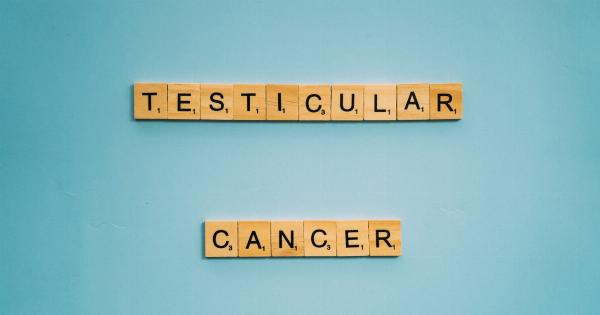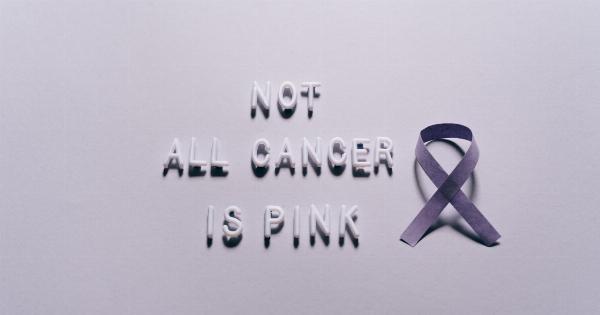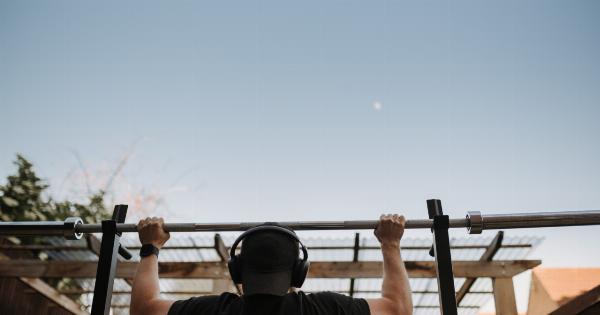Testicular cancer is a type of cancer that develops in the testicles – the male reproductive glands that produce sperm. It is a rare cancer, accounting for only 1% of all cancers in men.
However, it is important to note that testicular cancer is highly treatable if it is detected early. In this article, we will outline the right way to check yourself for testicular cancer.
What are the Symptoms of Testicular Cancer?
The first step to checking yourself for testicular cancer is understanding its symptoms. Symptoms of testicular cancer can include:.
- A lump or swelling in one or both testicles
- Pain or discomfort in the testicles or scrotum
- A feeling of heaviness in the scrotum
- A dull ache in the lower abdomen, back, or groin
- Breast growth or tenderness
If you experience any of these symptoms, it’s important to see a doctor right away. However, it’s also important to note that many men with testicular cancer do not experience any symptoms at all, which is why regular self-exams are crucial.
How to Perform a Testicular Self-Exam
A testicular self-exam is a simple procedure that can be done in the privacy of your own home. It should be done at least once a month, ideally after a warm bath or shower when the scrotum is relaxed. Here are the steps to follow:.
- Examine each testicle with both hands. Hold each testicle between your thumb and fingers and roll it gently to feel for any lumps or bumps.
- Check for any changes in size, shape, or consistency. It’s normal for one testicle to be slightly larger than the other, but if you notice any significant changes, it’s important to see a doctor.
- Check the epididymis. This is a soft, tubular structure behind each testicle that stores and transports sperm. It’s normal for the epididymis to feel slightly lumpy, but if you notice any changes, such as hard lumps or tender spots, it’s important to see a doctor.
- If you notice any lumps, bumps, or changes in size or shape, it’s important to see a doctor as soon as possible. Remember, most lumps or bumps in the testicles are not cancerous, but any changes should always be checked by a doctor.
Additional Tips for Testicular Health
In addition to performing regular self-exams, there are other things you can do to maintain testicular health. Here are some tips:.
- Eat a healthy, balanced diet.
- Stay physically active.
- Wear protective gear when playing sports.
- Avoid smoking and excessive alcohol consumption.
- See a doctor if you experience any symptoms of testicular cancer.
The Bottom Line
Testicular cancer is a rare but serious form of cancer that can be highly treatable if detected early. Regular self-exams are crucial for early detection, as many men with testicular cancer do not experience any symptoms.
By following the steps outlined in this article, you can perform a testicular self-exam in the privacy of your own home. If you notice any lumps, bumps, or changes in size or shape, it’s important to see a doctor as soon as possible.


























